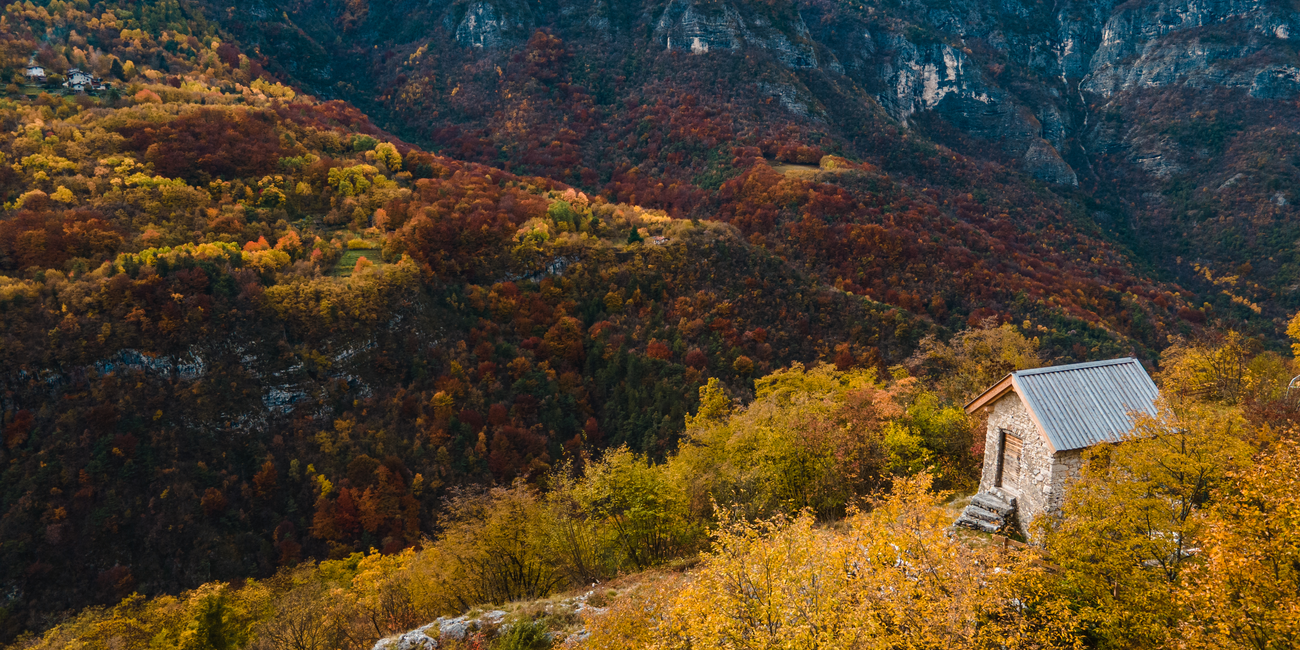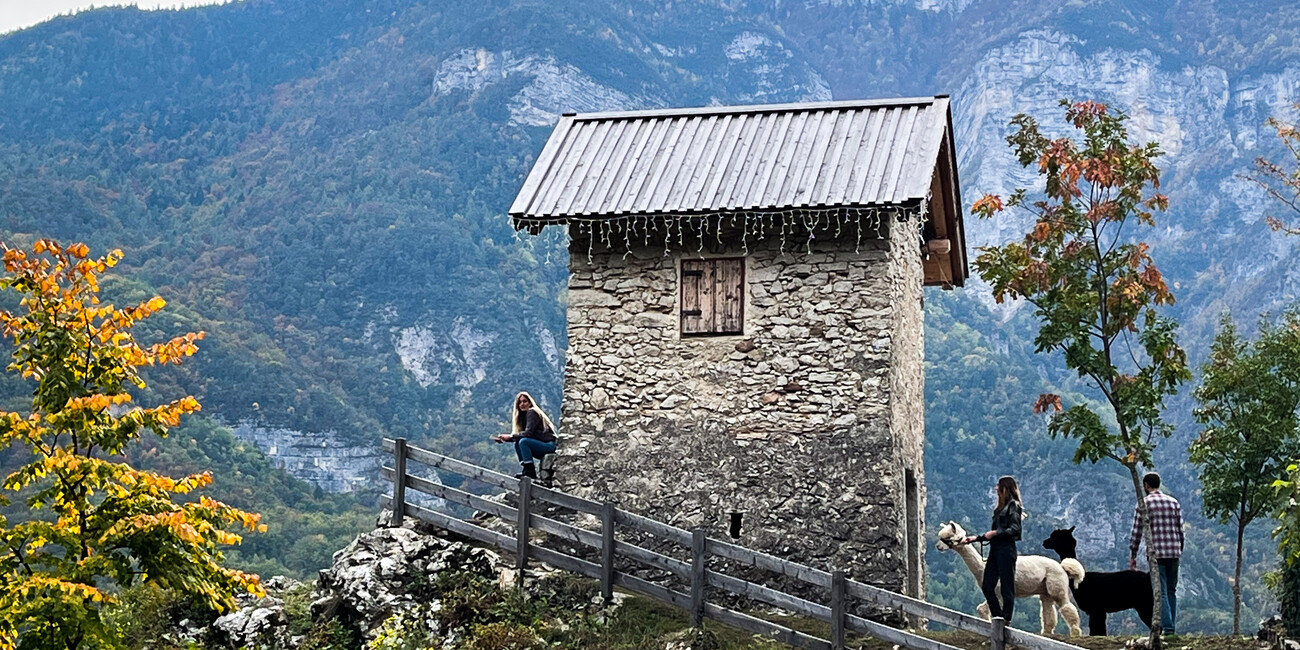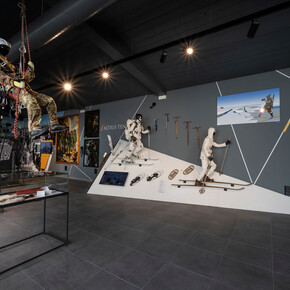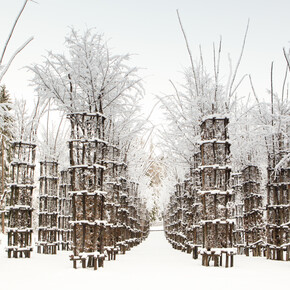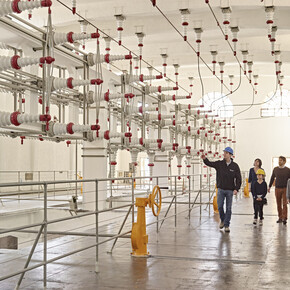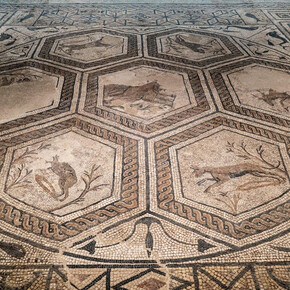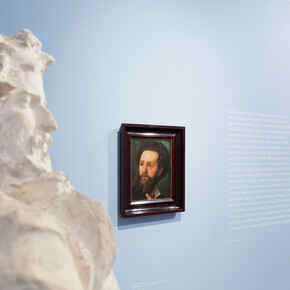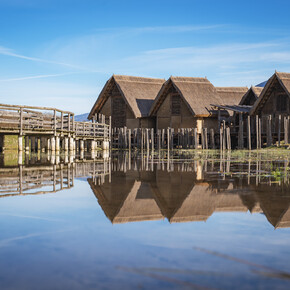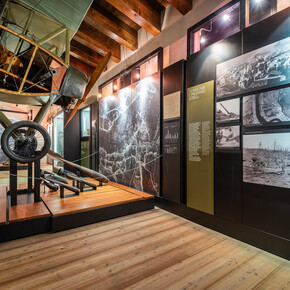El Casom
Koaferpickel - Kofelpickl, a German-Cimber toponym, identifies the rocky relief on which the Casóm was built by the Community of Folgaria, in the historical documents cited as the "Saltari hut". The bust of the Saltari is mentioned in 1490 in an inventory of the assets of the parish church of San Lorenzo, while as "the house of the Saltari" it appears in 1603 in the will of Pietro Carpentari di Mezzomonte. The strategic position of the Casóm allowed the Saltèr to check the vineyards that stretched between Mezzomonte above and Mezzomonte below and to spend the night indoors having the comfort of a bed, a lantern and a fire to warm up. The figure of the country guard, locally called Saltèr (Saltaro in the documents) is typical of a centuries-old tradition linked to the community management of forests and the countryside: its main function was to prevent the theft of timber or, as in the case of the half-mountain slope, to avoid the removal of poles from the rows or the theft of grapes in the fields. It also had the task of enforcing the rules governing the conduct of the harvest and fining offenders.
In an 1864 document, the building appears in precarious condition, then returned to operation. In the years 1956–1957, the last Saltèr municipality for Mezzomonte and the Rosspach valley was Arturo Carpentari (1906–1994). Restored by the Municipality of Folgaria in 2019, it now serves as a small and original exhibition area, consisting of two levels, a mere ten square metres in total.

